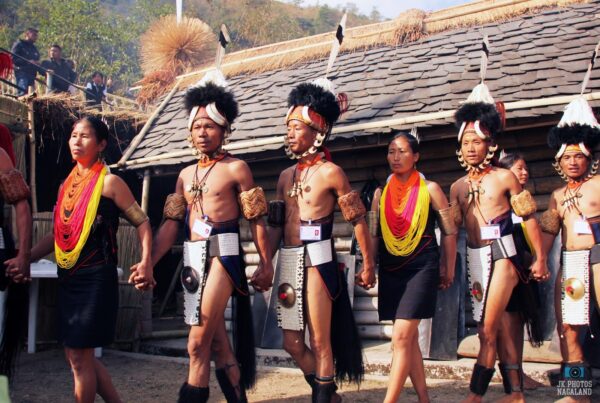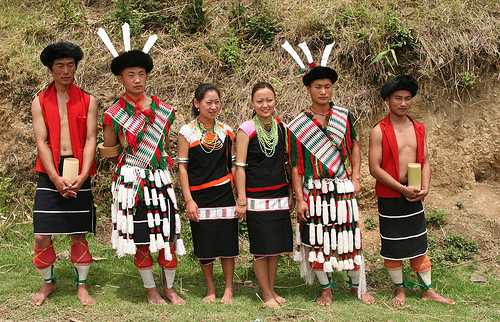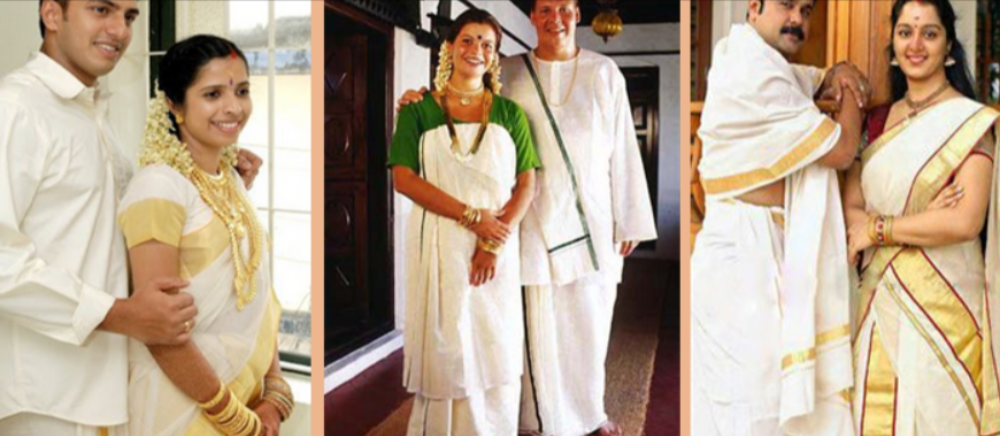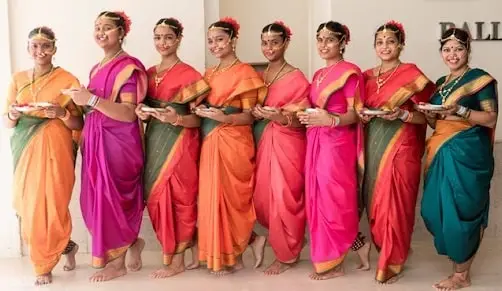Nagaland, a picturesque state in northeastern India, is renowned for its rich cultural heritage and diverse traditions. Over the years, it has transformed into a popular destination for travelers, whether they seek the tranquility of nature or the thrill of adventure. One of the most striking aspects of Nagaland’s culture is its traditional dress, which reflects the vibrancy and uniqueness of the various tribes inhabiting the region. From the mesmerizing traditional attire to kilt dresses, each piece is steeped in meaning and charm. This article delves into the traditional dresses of Nagaland for both men and women, showcasing their allure and cultural significance.
Traditional Dress of Nagaland for Women

1. Neikhro
The Neikhro is a traditional skirt worn by the Angami women, draped elegantly around the waist. Resembling a dress, the Neikhro is akin to the Manipuri traditional attire. Its intricate design and exquisite patterns are sure to draw admiration from all who encounter it, making it a staple in the wardrobes of Nagaland’s women.
2. Azu Jangup
Su The Azu Jangup Su is a festive attire characterized by a long, straight-cut skirt adorned with bright yellow and red striped patterns. This vibrant black skirt is typically complemented by a matching blouse or top. The ensemble is further enhanced with traditional bangles, necklaces, and headgear, adding a festive flair to the attire.
3. Mechala
The Mechala is another essential piece of traditional attire for women in Nagaland. It consists of a unique fabric wrapped around both a skirt and a shawl. The combination of style, comfort, and vibrant colors reflects the cultural ethos of the Nagame women, making it a significant part of their traditional dress.
4. Moyer
Tusk Featuring a striking geometric zigzag pattern, the Moyer Tusk is crafted from blue fabric that offers a sophisticated look. Though this garment has undergone various transformations over centuries, its original deep blue dye remains. The elegant zigzag edges elevate the overall appearance, particularly when paired with fashionable jewelry, creating a graceful and elegant look.
5. Lohe
Lohe is a traditional dress specific to the Angami tribe, characterized by its red and yellow patterned bands. This garment is commonly worn by members of the Angami village in the western region of Nagaland. The distinct patterns not only reflect the tribe’s cultural identity but also add to the uniqueness of the traditional dress.
Traditional Dress of Nagaland for Men

1. Tsungkotepsu
The Tsungkotepsu is a traditional warrior shawl worn by the Ao tribe, adorned with intricate designs featuring various animal motifs such as the Mithun, cock, human head, tiger, spear, and elephant. Each motif holds significant meaning; for instance, the Mithun symbolizes the wearer’s wealth, while the human head denotes success. Such intricate symbolism imbues the Tsungkotepsu with a rich narrative about the wearer’s identity.
2. Alungstu and Lungpensu
The Alungstu is a prominent traditional dress representing success and prosperity, often associated with influential families. Typically dyed in vibrant yellow or red, it features floral motifs that signify good fortune. The Lungpensu, on the other hand, is characterized by a dark blue fabric with a narrow border and a checkered design, showcasing a unique blend of colors and patterns.
3. Ratapfe and Khiamniungan Attire
The Ratapfe is a daily wear traditional outfit featuring a black shawl embellished with cowrie shells, which is unique to the region. The Khiamniungan attire is a distinct sleeveless suit made from cotton, usually available in blue or black, representing the unique style of the Khiamniungan tribe.
4. Rhikho
The Rhikho is a traditional attire composed of pure white cloth featuring four black bands. This garment is worn by men who have not yet participated in hunting or have not hosted a significant feast for their community, symbolizing humility and respect within their culture.
5. Changs (Shawls)
Chang shawls come in various styles, including Tobu nei, which features geometric patterns with red and black lines, and Kaksi nei, a traditional garment worn by both men and women. The Rongkhim is a red triangular-shaped shawl worn by individuals who have proven their valor in war. Other notable shawls include Yimchunger, Mokhok, and Aneak Khim, all reflecting the rich textile traditions of Nagaland.
Conclusion
Nagaland’s traditional dress is a vivid expression of its cultural diversity and heritage. Each garment, from the festive Azu Jangup Su to the warrior-like Tsungkotepsu, encapsulates stories of bravery, prosperity, and joy. As visitors explore the stunning attire of Nagaland, they are not just witnessing fashion; they are experiencing a tapestry of culture woven with history and tradition. The traditional dress of Nagaland not only enchants but also serves as a reminder of the rich cultural fabric that defines this beautiful state.



